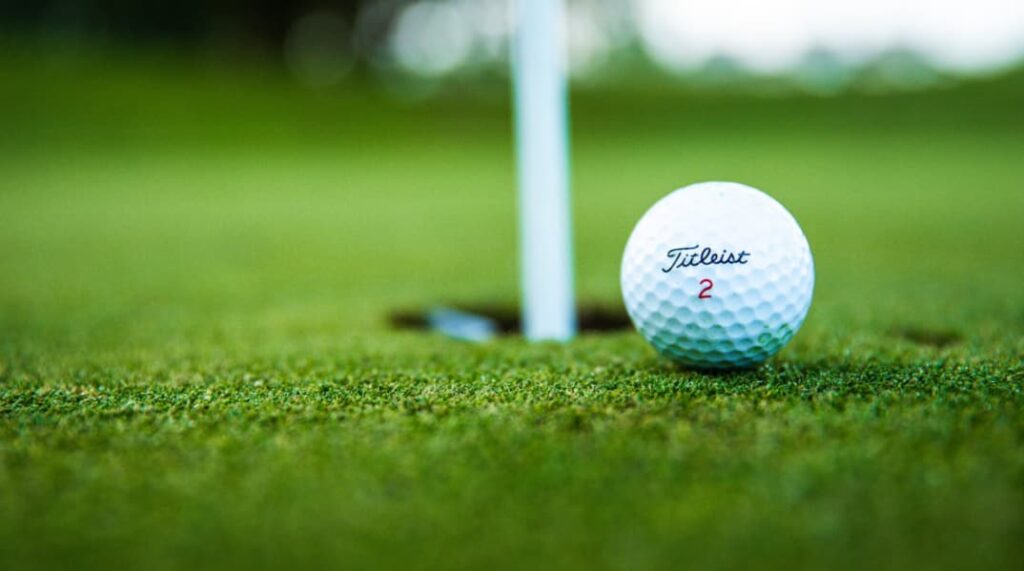Golfers often face the challenge of maintaining their clubs, especially when they become rusty or accumulate stubborn dirt. A common solution that comes to mind is using WD40, but questions arise about its effectiveness and safety for the clubs. Here’s a closer examination of this approach.
Using WD40 on Golf Clubs
WD40 is indeed a viable option for cleaning golf clubs, but its use should be limited to specific types of clubs. Experts recommend employing WD40 primarily for cleaning wedges, irons, and possibly putters. However, caution is advised when considering WD40 for woods. These clubs often feature special materials, coatings, and paints that could be damaged by the chemical.
In contrast, for metal woods, the time-tested combination of warm water and soap remains the best cleaning method. Vinegar can serve as an alternative, but it’s essential to rinse it thoroughly afterward due to its potentially aggressive nature on coatings.
WD40 for Rust Removal
When it comes to removing rust, WD40 proves highly effective on irons and wedges. It can quickly eliminate rust, restoring the club’s appearance and functionality.
Step-by-Step Guide to Cleaning Clubs with WD40
- Begin by removing dirt using warm water, soap, and a brush or cloth;
- Allow the clubs to dry completely, or wipe them down with a dry cloth;
- Apply WD40 to the club, leaving it for a few minutes;
- After a few minutes, wipe off the WD40 thoroughly.
WD40 for Golf Club Protection
According to information from WD40’s official website and various golf club cleaning guides, WD40 stands out as an exceptional protective agent for golf clubs. While it’s capable of being used as a cleaning agent, the best practice for maintaining clubs involves a two-step process. Initially, clubs should be thoroughly cleaned using warm water and soap, or vinegar as an alternative. This first step is crucial in removing any dirt, grime, or residues that may have accumulated on the clubs. Vinegar, in particular, is effective in breaking down stubborn stains and providing a deeper clean, though it’s important to rinse it off thoroughly to prevent any potential damage to the club’s surface.
Once the clubs are clean and dry, applying WD40 serves as the second crucial step. This application forms a protective barrier on the surface of the clubs, effectively shielding them from the harmful effects of dust and moisture. This layer of protection is especially beneficial for preventing rust and corrosion, which can significantly impair the functionality and longevity of the clubs. Using WD40 in this manner ensures that the clubs not only remain clean but also well-protected, ready to perform at their best in any golfing scenario. This approach, combining thorough cleaning with protective maintenance, is a testament to the importance of regular and comprehensive care in preserving the quality of golf equipment.
Cleaning Drivers with WD40
Using WD40 on drivers is not recommended due to uncertainty about its effects on paint and coatings. The safest method for cleaning drivers remains a simple mix of warm water and soap or just water and a cloth. Regularly cleaning clubs, especially woods, during a round can prevent dirt and grass from adhering, reducing the need for extensive cleaning later.
Conclusion
In conclusion, the utility of WD40 in the maintenance of golf clubs, especially for irons and wedges, cannot be understated. Its effectiveness in removing rust and providing a subsequent protective layer makes it a valuable tool in a golfer’s arsenal. However, it’s important to emphasize that the primary cleaning should ideally be done with warm water and soap, or vinegar, to ensure the removal of dirt and grime without damaging the club’s surface. Once the initial cleaning is done, applying WD40 can act as a shield, guarding the clubs against the damaging effects of moisture and dust. This dual approach of cleaning and protection ensures that the clubs remain in top condition, thereby potentially extending their lifespan and maintaining their performance.
Moreover, the golfing community thrives on shared knowledge and experiences. Golfers experimenting with other cleaning solutions and techniques can contribute greatly to this collective wisdom. By sharing their findings and results in comments or golfing forums, they can assist fellow enthusiasts in discovering new and effective ways of caring for their equipment. Such exchanges of information not only enrich the community but also foster a culture of continuous learning and improvement among golfers of all levels.
